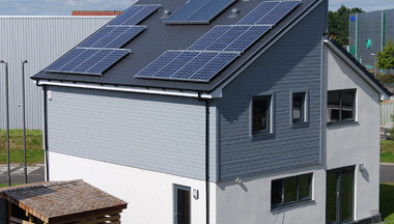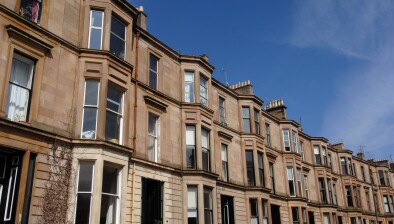One in five Glasgow residents live in overcrowded homes, census reveals
 A detailed analysis of housing trends in Glasgow has revealed that while overcrowding has reduced, one in five city residents still live in cramped conditions.
A detailed analysis of housing trends in Glasgow has revealed that while overcrowding has reduced, one in five city residents still live in cramped conditions.
According to the Evening Times, statistics gathered by Glasgow City Council between 2001 and 2011, when the last census results were published, revealed that the private rented sector has grown by more than 124 per cent since 2001 compared to the Scottish average of almost 86 per cent.
The number of tenants increased from 22,500 to 49,300 for the 15 to 29 age group and from 9,200 to 23,100 for those aged between 30 and 44, with the number of lone parents rising from 2,400 to 5,400.
But the number of city residents living in the social rented sector has fallen by almost 11 per cent over the same time.
The council report says: “This is the same rate of decline as in Scotland but the impact is greater for Glasgow because social rented housing makes up a larger share of the dwelling stock.”
Over the past decade, the owner occupied sector in the city declined by 1.2 per cent compared with 7.2 per cent growth in Scotland.
Research has found almost one in five city residents live in overcrowded homes with more than one-quarter in the private rented sector.
But while the overcrowding figure has fallen it is still about twice the national average.
The number of homes in the city with no central heating was found to be four per cent, which is almost twice the Scottish figure.
Council officials say the number of people from “other white” and black, minority and ethnic backgrounds had almost doubled by 2011 to more than 14 per cent of the city’s population, impacting mainly on the private and social rented sectors.
For the first time, the 2011 census contained a question on health conditions.
It showed that in some deprived areas of Glasgow, more than half of households have someone with a limiting, long term illness.
The number of people with a physical disability is more than 32 per cent higher than the national rate and the number with a mental health condition is almost 50 per cent higher.
Neighbourhoods north of the Clyde have experienced the fastest rise in the number of new houses built.
The city centre and the Merchant City experienced the biggest growth at almost 40 per cent followed by Calton/Bridgeton, Yorkhill/Anderston, Broomhill/Partick West, Pollokshields East, Pollok, South Nitshill/Darnley and Carmunnock.
Between 2001 and 2011, the city’s population rose by 15,400 with an increase of more than 26 per cent in the number of people in communal establishments like student halls of residence and care homes.









